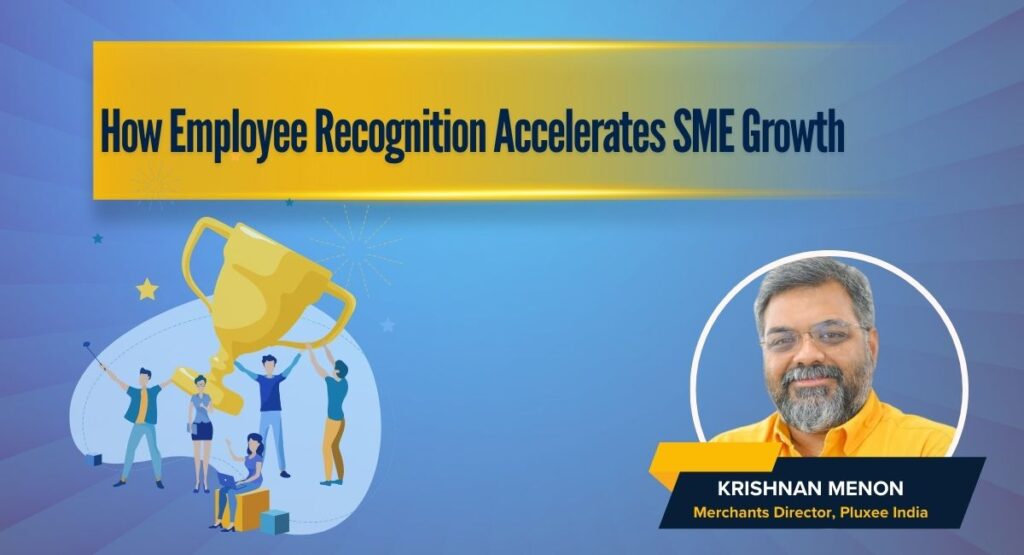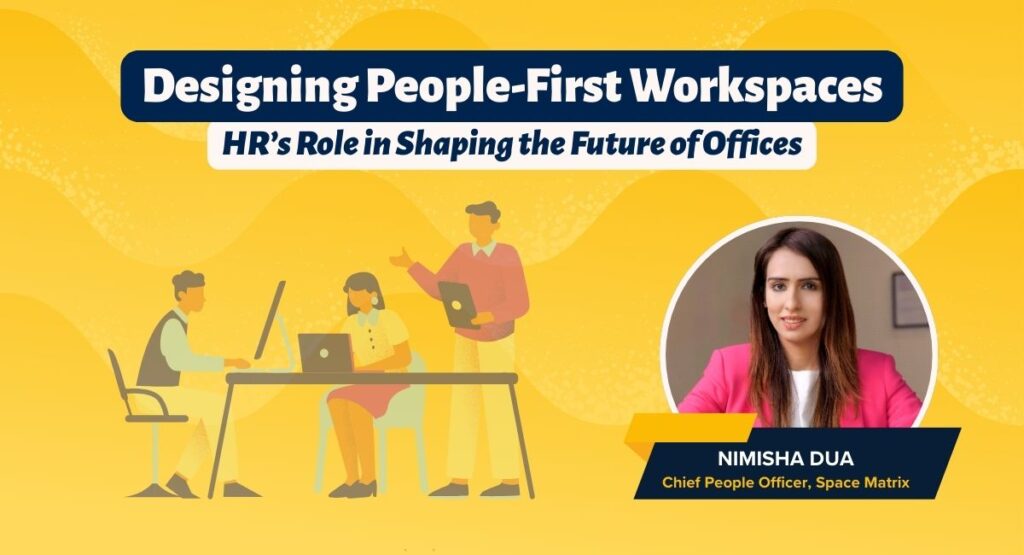In today’s business landscape, Human Resource Management (HRM) is at a crossroads of technology vs manual systems. Traditional HR systems often operate in silos, burdened by manual processes and constrained by limited accessibility. These legacy structures hinder organisations from responding swiftly to change or unlocking the full potential of their workforce. As someone who has spent nearly three decades building people-centric organisations, I believe we are witnessing a defining moment: cloud computing is not just a tech upgrade for HR—it’s a complete paradigm shift.
Breaking the Mold: The Need for Change
But in my years of practice, why did there arise a need for change? Legacy HR practices often lead to disjointed employee experiences and inefficient decision-making. Whether it’s chasing down physical files, navigating disconnected systems, or relying on outdated reports, the friction is real. These inefficiencies not only frustrated employees but also limited HR’s ability to function as a strategic partner to the business.
Enter: cloud computing.
Cloud-based HR platforms ushered in a new era of agility, data-driven decision-making, and global scalability. From my perspective, this transformation is not about digitisation for its own sake—it’s about enabling HR to drive culture, capability, and competitive advantage.
Scalability: Growing Without Growing Pains
One of the most powerful advantages of cloud computing is its elastic scalability. HR teams no longer need to invest heavily in on-premise infrastructure to handle workforce expansions or contractions. Whether it’s a startup onboarding dozens of new hires in a matter of weeks or a multinational unifying HR practice across continents, cloud platforms like SAP, SuccessFactors and Workday make it possible.
This scalability ensures that HR systems grow in tandem with what the business needs. With this technology, on-demand tools and modules can be activated as the organisation evolves, enabling quick adaptation to hiring spikes, seasonal workforce changes, or new compliance requirements. In my experience, this agility is essential for sustaining business momentum in high-growth environments. They give people and the HR the flexibility to transform and build new processes.
Flexibility and Accessibility: HR Anywhere, Anytime
The post-pandemic world has made flexibility non-negotiable. Cloud HR solutions empower professionals and employees to access critical systems from any device, anywhere in the world. Whether it’s approving leave requests, conducting remote interviews, or managing performance reviews, cloud-based tools bring HR to the fingertips of every user.
Moreover, the ability to customise workflows means that HR processes can be fine-tuned to reflect evolving business goals. Integrated learning management systems (LMS), video interview platforms, and mobile dashboards transform traditional processes into dynamic, real-time experiences, tracking work time. For HR teams, this means less time on administration and more time on strategy and engagement of the employee. Making HR goal achievement aligned!
Cost-Effectiveness: Doing More with Less
From a budgeting standpoint, cloud solutions shift HR from a capital-intensive model to a subscription-based service. This reduces the burden of upfront investments in servers and software and eliminates recurring maintenance costs. More importantly, automation of routine tasks—such as payroll processing, benefits administration, and document management—lowers the need for large administrative teams.
This cost-efficiency does not come at the expense of quality, or compromised quantity of work being done. In fact, automating repetitive work frees up HR to focus on initiatives that truly move the needle: leadership development, culture transformation, and talent strategy. This also helps in improving the overall company culture, making it a win-win situation for the people.
Data-Driven Decisions: Insight Over Intuition
Cloud computing equips HR with the tools to move beyond intuition and toward insight. Advanced analytics enable data-driven decisions across the talent lifecycle—from identifying, hiring and retention to training and succession planning, all decisions are data-driven. Predictive analytics can help HR leaders anticipate turnover, identify skill gaps, and proactively address engagement issues.
I have, over the years, seen the transition in how real-time dashboards tracking diversity metrics, training ROI, and performance trends can elevate the conversation in boardrooms. This supports the assumption that Data transforms HR from a service function to a strategic enabler.
Security and Compliance: Building Trust in the Cloud
Understandably, data security remains a top concern across sectors. Reputable cloud providers invest heavily in cybersecurity, offering robust encryption, regular backups, and compliance with international standards like GDPR. Features such as audit trails and role-based access controls add transparency and accountability to HR operations. This helps improve employees’ trust in cloud-based HR systems.
Of course, the shift to the cloud also requires a cultural reset. Resistance from traditional HR functions can be real. But with the right change management strategy, upskilling programs, and leadership sponsorship, this transition can be a powerful opportunity to reimagine how HR adds value.
The Road Ahead
Cloud computing is not a panacea, but it is a catalyst. From the experience in the last few years, it’s safe to say that it allows HR leaders to focus less on process and more on people. Especially thinking about the increasing workload on workforces, dealing with minute details like log-filing, attendance marketing may be looked at as forms of micro-management. But with the help of cloud-bas,ed HR systems that automate, or auto capture data, we are also able to help employees relax from these duties.
It aligns perfectly with my personal philosophy: “It’s nice to be an important human, but it’s more important to be a nice human.” By eliminating inefficiencies, empowering people with data, and enabling flexible work, cloud-based HR tools allow us to be both.
As businesses brace for continued disruption, HR must rise as a proactive, strategic function. Cloud computing provides the tools. The leadership, empathy, and vision must come from us.





